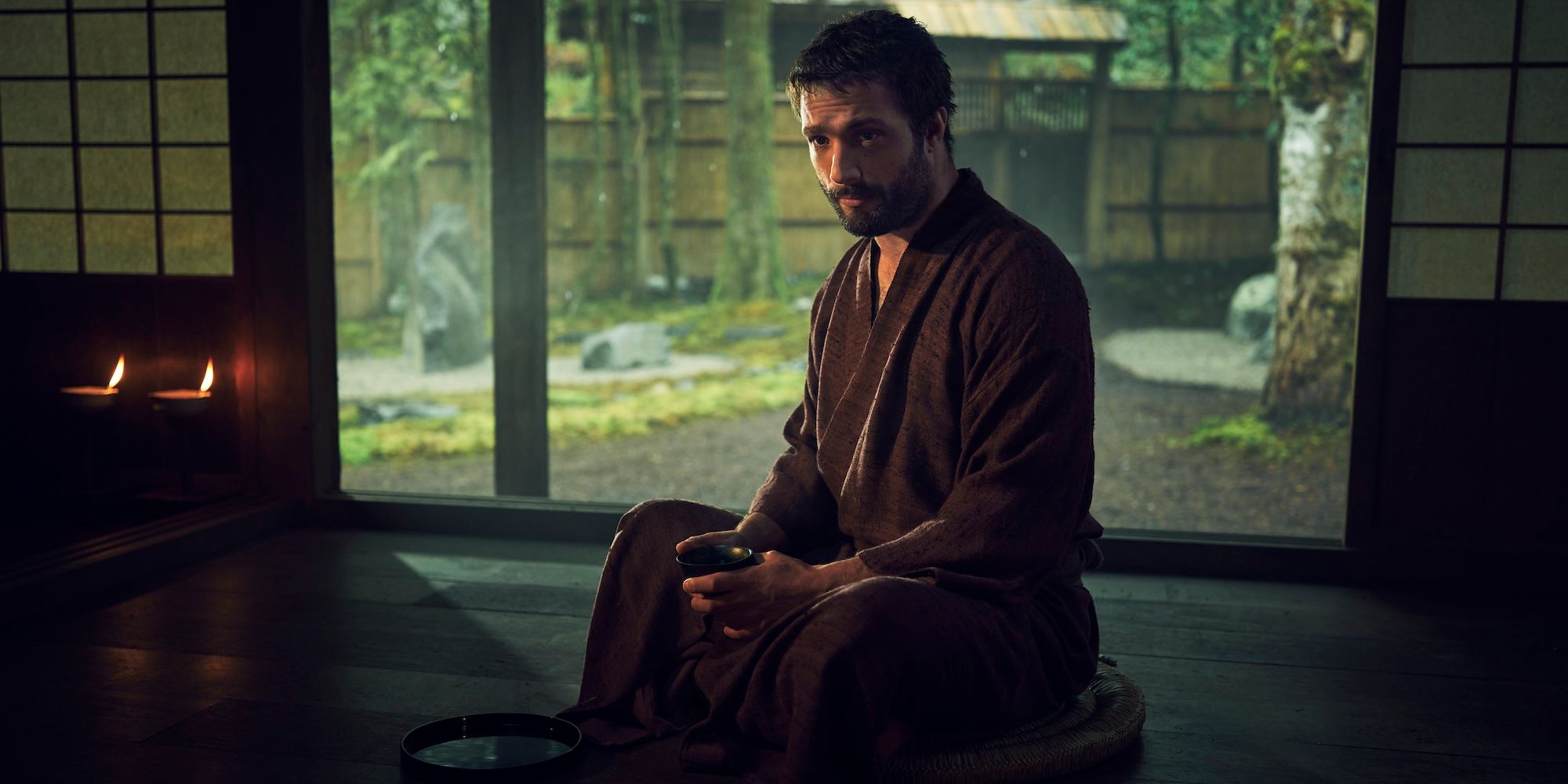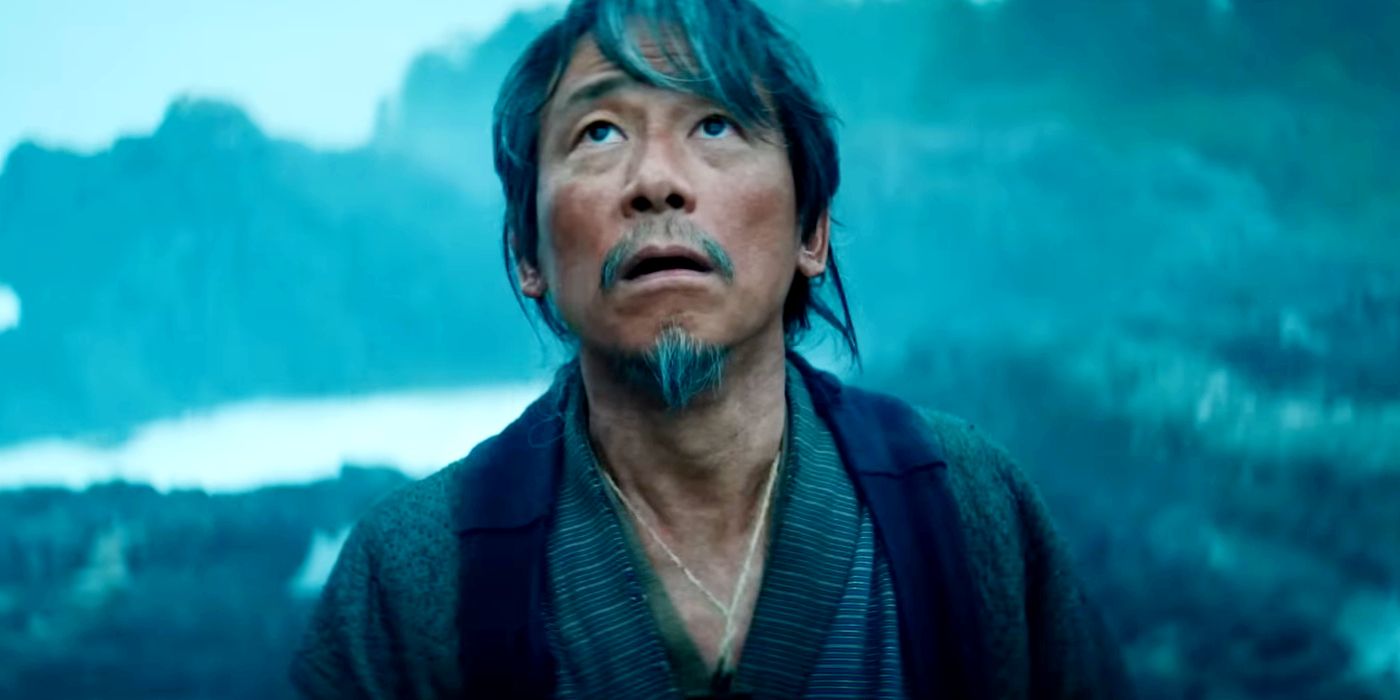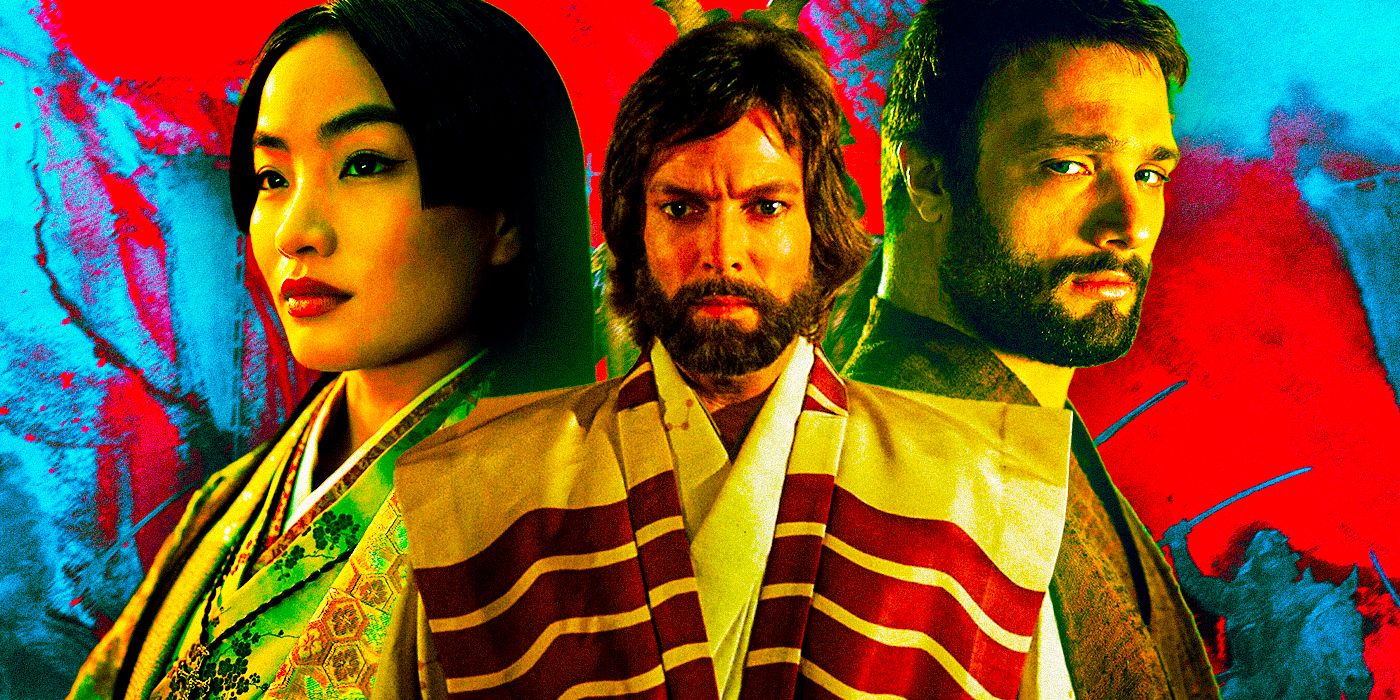John Blackthorne and all of his translators speak English in Shogun even though they refer to it as Portuguese, which has caused some confusion.

Shōgun’s language confusion, which sees English be referred to as Portuguese, can take a while to get used to but makes sense within the context of the show. FX’s Shōgun remake is set in late 16th century Japan, during which Portugal controlled the islands’ commerce with the West. The Portuguese also acted as the middleman in the commercial route between Japan and China, as the letter was no longer directly negotiating with the former. John Blackthorne, a Protestant from England whose ship washed ashore in Japan, became the first non-Portuguese European to establish connections with the Japanese in Shōgun.
As an American show set in Japan at a time when Portugal controlled the region’s external commerce featuring English, Japanese, and Portuguese protagonists, Shōgun was set to have some language confusion. Fortunately, FX’s new historical show does a much better job in handling its setting and cultural plurality compared to the previous adaptation of the Shōgun novel. That said, it can be strange to hear John Blackthorne and other Portuguese-speaking characters in Shōgun speak in English when they are referring to their language as something else entirely.
Why Shogun Considers The English Language To Be Portuguese
Portuguese is the language used by John “in-universe”



There are several instances in Shōgun where a character will announce they will speak in Portuguese, only for them to speak English. This is because, in-universe, the lingua franca used by John Blackthorne and the Catholic priests is Portuguese, but the show replaces it with English. Therefore, every time a character is speaking in English in Shōgun, they are supposed to be speaking in Portuguese within the story. Although John Blackthorne is indeed English, he only communicates with the Jesuits through Portuguese, which is also the language used by the translators every time the navigator talks to a Japanese person.
Portuguese was among the world’s key languages in the 15th and 16th centuries, serving as the lingua franca in several regions, including in African and Asian countries. Portugal was ahead of all European countries when it came to maritime imperialism in the early 16th century, establishing commercial routes and colonies in North Africa, West Africa, South Africa, and the region that would become known as Brazil. The Portuguese arrived in Japan in 1543, and by the end of the century, both the Portuguese language and the Christian religion had been assimilated by many Japanese.
Why It Makes Sense For FX To Use The English Language For Shogun
Shogun is an American production

While Shōgun is available to stream globally through Star+ and Disney+ depending on the region, the show is an American production that airs on FX and also streams on Hulu. Therefore, it makes sense for English to be used in addition to Japanese for most of the show. Apart from John Blackthorne, who is English, there would be no reason for other Shōgun characters to speak English. As a result, a fully accurate portrayal of the story would be entirely in Portuguese and Japanese, and all of Shogun would have to include subtitles.
Shōgun does not have its Japanese characters speak English, nor does it use an English voice-over. Instead, it adds subtitles, a great creative choice that, while logical, is something skipped over in other productions. For example, in the 1980 Shōgun series, dialogues in Japanese had no subtitles, and some scenes featuring only Japanese-speaking characters had a voice-over translation narrated by Orson Welles. The original Shōgun show also labeled English as Portuguese. While it can be odd to hear the characters reference a language and speak in a different one can be confusing, FX’s Shōgun makes sure it doesn’t break the immersion.





